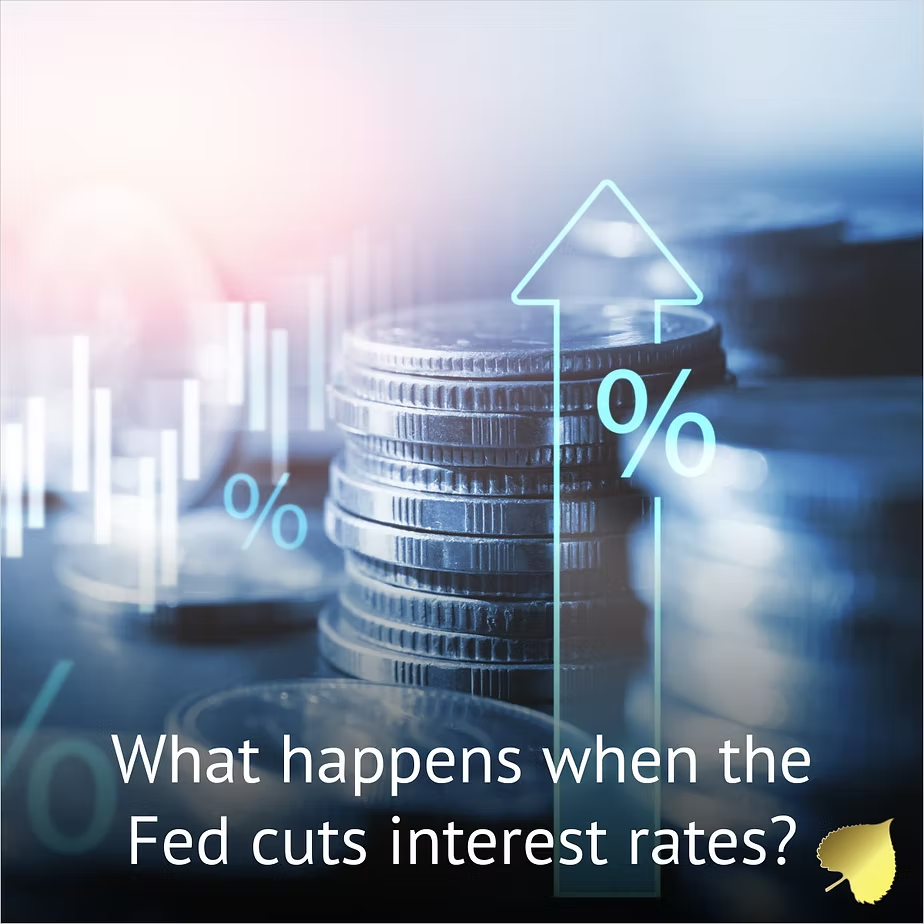ECONOMY
Stocks and bonds moved higher in Q1 2023, despite two interest rate hikes and the biggest bank failures since the financial crisis. Economic data released during Q1 was generally better than expected, leading investors to believe it is at least possible the Federal Reserve could execute a soft landing and avoid a recession. Inflation data showed moderate declines, the labor market remained resilient, and corporate earnings for Q4 2022 were broadly better than feared.
The Federal Reserve continued to raise interest rates during the quarter, executing two 25 bps hikes to bring the target federal funds rate to 4.75-5%. While the Fed has not signaled any rate cuts in the near future, they did open up the possibility of ending their hiking cycle, calling future rate hikes “data dependent” which is a positive sign for the economy going forward.
Although markets finished higher in Q1, there was not a lack of volatility. Perhaps the most noteworthy headline of 2023 to date is the failure of Silicon Valley Bank, at the time the 16th largest bank in the United States. The failure of Silicon Valley Bank was followed by the failure of Signature Bank of New York, which shifted investor focus to a potentially growing banking crisis.
In response, the Federal Reserve and the Treasury Department created new lending programs aimed at shoring up regional banks and preventing bank runs. While the Feds swift action prevented further damage to the banking system and the broader economy as whole, concerns about the health of the financial system continue to persist amongst investors.
In summary, the markets were impressively resilient in Q1 as the potential end of rate hikes, declines in inflation, and effective actions by government officials in response to regional bank failures shored up investor confidence. Despite this, we would expect continued volatility in the markets as investors digest newly released economic data and the Fed’s actions going forward.
DOMESTIC EQUITY
The S&P 500 rallied +7.46% in Q1 2023, but looking at the growth by itself can be a bit misleading. The S&P 500 has a high concentration in technology holdings, and after a miserable 2022, the sector returned +21.6% in Q1 2023 alone. In contrast, the equally weighted S&P 500 rose +2.89% in Q1, as sectors such as financials, health care, energy, and utilities finished the quarter in the negative. Small cap stocks trailed their large cap counterparts as well, rising +2.70%.
INTERNATIONAL EQUITY
International equities started the year strong as economic data improved overseas as well. Emerging markets started the year as a clear leader on the back of China reopening its economy. The sector gave back some gains after a strong January but still finished the quarter +3.72%. Developed markets outperformed the S&P 500, returning +8.45% during Q1 as economic data in Europe was better than expected and European banks were viewed as mostly insulated from the US regional banking crisis.
FIXED INCOME
The bond market experienced a price rally during Q1, as the Fed signaling a possible end to rate hikes, combined with concerns that the regional banking crisis would raise the odds of a recession fueled a bond market rally. The Bloomberg Barclays US Aggregate Bond index returned +3.23% for the quarter. Both short and intermediate term bonds continue to offer attractive yields for investors looking to reduce volatility in their portfolios.





